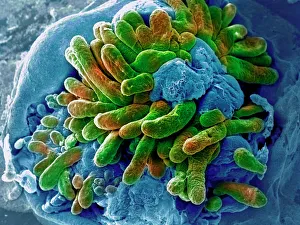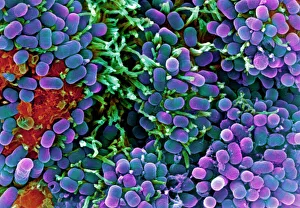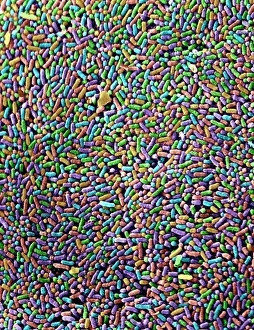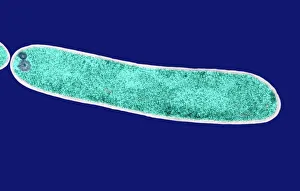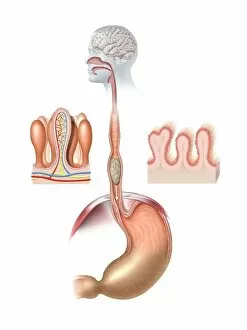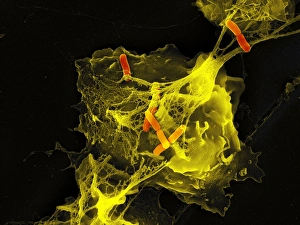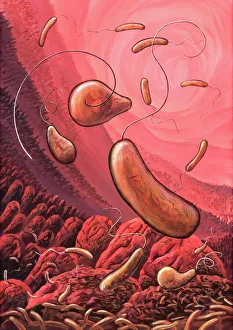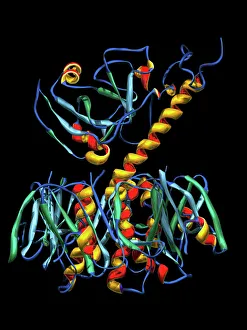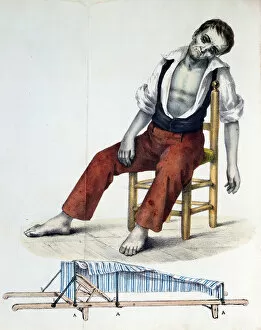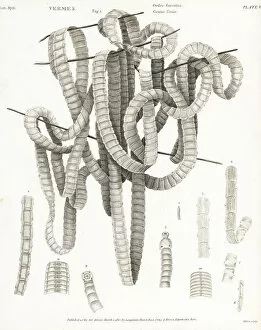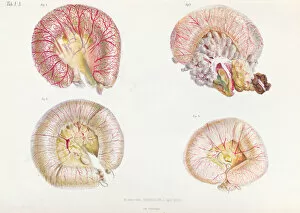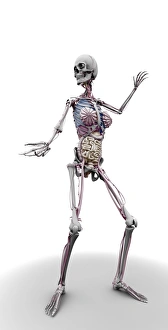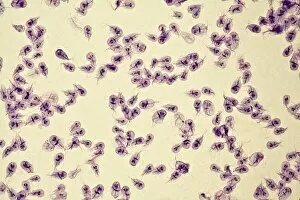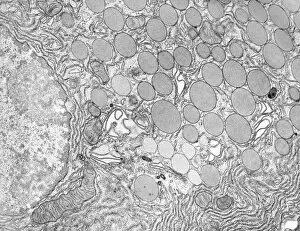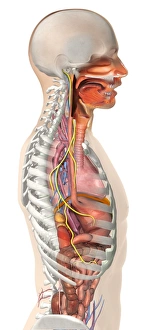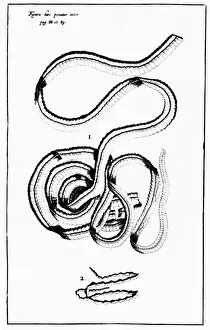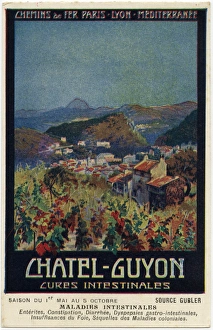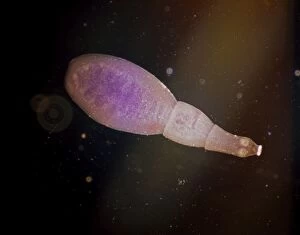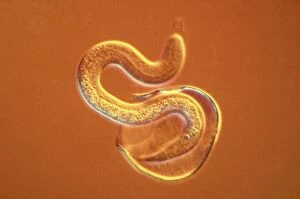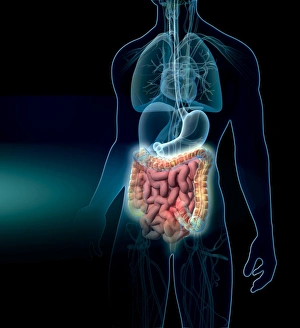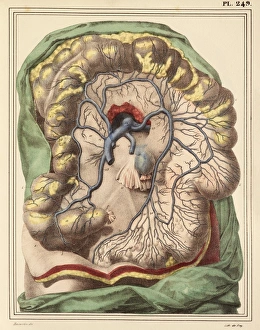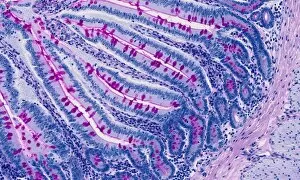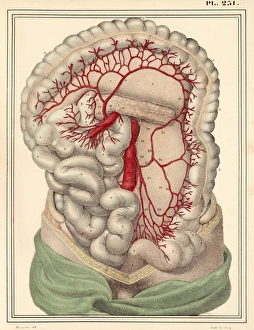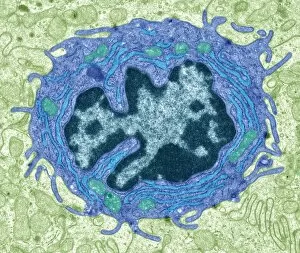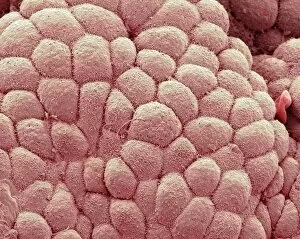Intestinal Collection
Intestinal health is a complex and fascinating topic that involves various organisms and structures
All Professionally Made to Order for Quick Shipping
Intestinal health is a complex and fascinating topic that involves various organisms and structures. Through the lens of powerful microscopes, we can explore the intricate world within our digestive system. In one captivating image captured by scanning electron microscopy (SEM), we see the head of a dog tapeworm, reminding us of the diverse parasites that can inhabit our intestines. These microscopic creatures have adapted to survive in this environment, often causing discomfort or illness. Moving deeper into the small intestine, another SEM image reveals its textured surface covered in tiny projections called microvilli. These finger-like structures increase the surface area for nutrient absorption, highlighting their crucial role in digestion. Shifting our focus to bacteria, an SEM snapshot showcases E. Coli bacteria - notorious for causing foodborne illnesses. Their rod-shaped bodies are visible as they navigate through this intestinal landscape. Similarly, Salmonella bacteria make their presence known under SEM; these pathogens can lead to severe gastrointestinal infections if ingested through contaminated food or water. Zooming even closer with transmission electron microscopy (TEM), we observe individual E. coli bacterium with remarkable detail. This high-resolution image allows us to appreciate their cellular structure and understand how they interact within our gut ecosystem. The human digestive system comes alive through artistic representation - a colorful artwork depicting its complexity and interconnectedness. It serves as a reminder of how vital proper digestion is for overall well-being. Exploring further using TEM imagery, we encounter intestinal protozoan parasites such as Cryptosporidium - single-celled organisms that cause diarrheal diseases worldwide. The detailed view provided by TEM helps scientists study these elusive parasites and develop effective treatments against them. Returning to scanning electron microscopy (SEM), we witness yet another dog tapeworm specimen up close – showcasing its segmented body structure designed for survival within an animal host's intestines. Lastly, TEM unveils intestinal microvilli once again but also introduces us to cholera bacteria, depicted in artwork.


